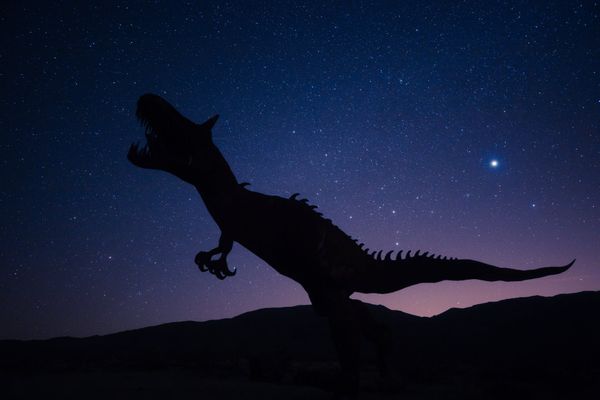A reptile is an animal that crawls or moves on its stomach or small legs. There are some gigantic reptiles in the world. Do you know, Which is the largest reptile in the world? Maybe you are baffled. Let's discuss the world's largest reptiles.
Saltwater Crocodile:
The crocodile is currently the largest reptile in the world. Saltwater crocodiles can grow up to 23 feet long. The weight of the giant can weigh up to 1200 Kg. Crocodile bites are the most powerful bite in the world. Their jaws can bite with more than 500 pounds of force per square inch. Despite having teeth, crocodiles do not chew any food; instead, they swallow everything. Crocodiles existed on Earth about 240 million years ago during the Cretaceous Period. Crocodiles can swim very fast. The temperature range of their home determines the sex of the crocodile. Female crocodiles are usually born at low temperatures, besides male crocodiles are born at high temperatures. Crocodiles can live in different environments.
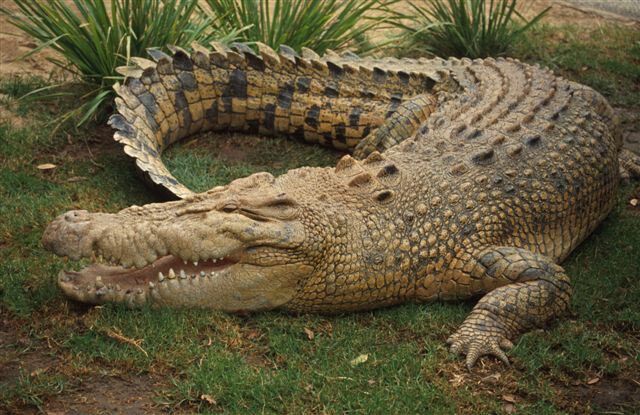
Komodo Dragon: The Largest Lizard
The Komodo Dragon is the largest guisap in the world which is found in the islands of Komodo and Java in Indonesia. They are 3 meters long and weighs about 80 kilograms. Komodo's jaws and neck muscles allow vast amounts of meat to be swallowed with astonishing rapidity. The adult Komodo dragon can eat up to 80 percent of their own body weight. The Komodo dragon eats almost any type of meat. They can eat anything from small animals to buffaloes. They can travel at a speed of 20 kilometers per hour. They can smell prey from 4 kilometers away. Komodo dragons can live up to 30 years.
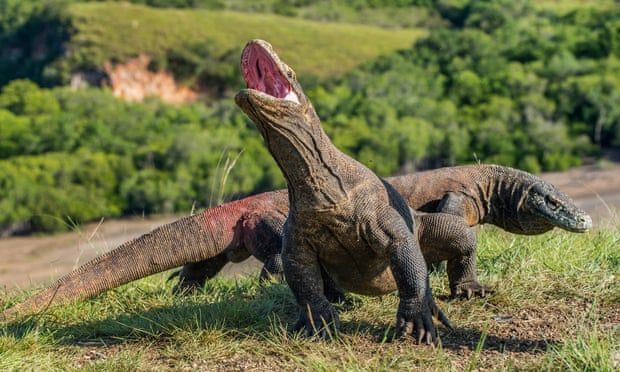
Green Anaconda: The Largest Snake
The Green Anaconda is the biggest snake on the planet. They can grow up to 30 feet in length, and their weight can be a maximum of 550 pounds with more than 12 inches in diameter. The female anaconda is larger than the male anaconda. Green Anaconda mainly hunts wild pigs, deer, birds, turtles, tapirs, caimans, capybaras, and even Jaguars. Despite having teeth, Green Anaconda does not chew any food. They suffocate and kill the prey. Then they slowly swallow the whole body. They may not have eaten continuously for a month after a meal. The Green Anaconda gives birth to a baby while other snakes lay eggs. Female anaconda can give birth up to 25-30 babies at a time, and they can be up to 2 feet.

Galapagos Tortoise
Galapagos Tortoises are the biggest types of turtle on the planet. Some of their weights are up to 417 kilograms (919 lb) and 1.8 meters in length. They can live in the wild for over 100 years, and they are the longest surviving vertebrates. They are very calm, peaceful, and lazy animals. The Galapagos Tortoise is a very slow-moving animal with a speed of less than 1 mile per hour. Their primary food is grass, leaves, and cactus. They can store large amounts of water for their slow metabolism system, and without food and water, they can survive up to a year. They usually breed in the hot season, which occurs from January to May. The female tortoise lays up to 16 eggs, and the eggs hatch after 130 days. The temperature range of their home determines the sex of the tortoise.
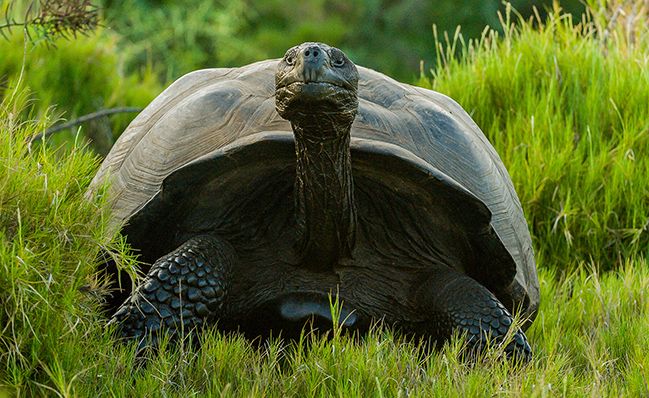
Leatherback Turtle
Of all the species of sea turtles, the Leatherback sea turtle is the most unique. Leatherback turtles spend most of their lives at sea. They can grow up to 6.5 feet (two meters) in length and weigh up to 900 kilograms. Their primary food is Jellyfish, seaweed, fish, and crustaceans. Male turtles live their entire lives in the ocean, while female turtles come to the beach for nesting and lay up to 100 eggs. It takes about two months for the baby to hatch. They don't guard their nests. They can live up to 30 or 50 years, though it is not sure.
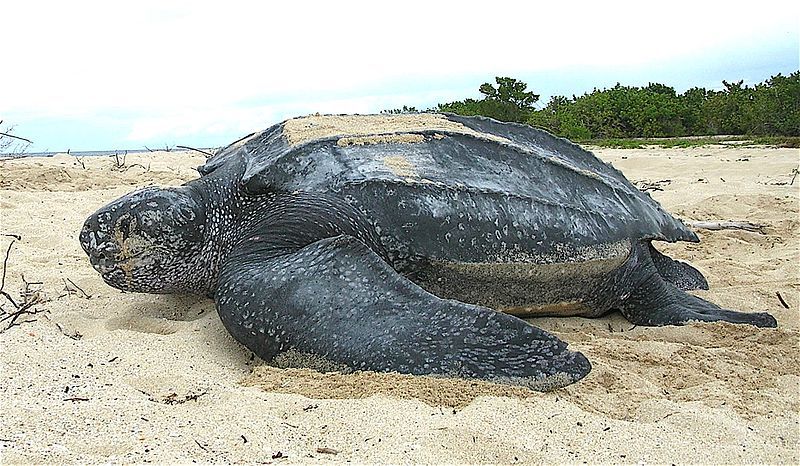
American alligator
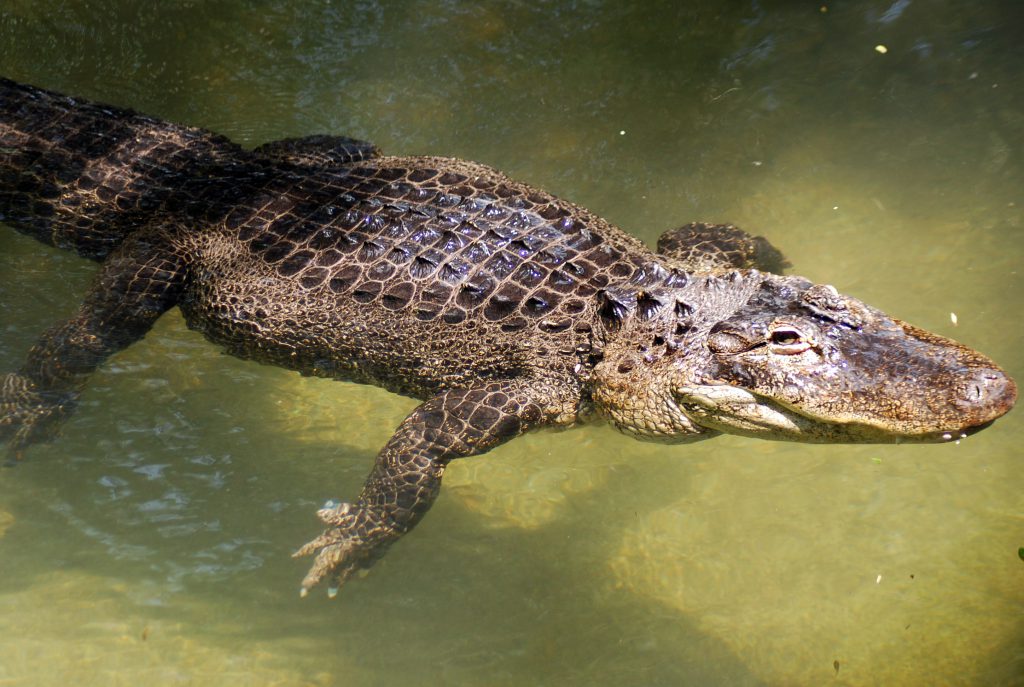
The American alligator was an endangered species of animal, but the help of state and federal protections, habitat preservation efforts, there are one million alligators now, and still, it is growing. They can be up to 12 feet long and weigh as much as 1000 pounds (450 kilograms).The male alligator is larger than the female alligator. They are carnivores. Their primary food is fish, frogs, birds, mammals, and invertebrates. They use sharp teeth to catch prey, and they hunt mainly at night. A female alligator can lay up to 90 eggs. The newborn baby alligators are 6 to 8 inches long. Their lifespan is about 50 years.

